GAMES
2,261
Indie Game of the Week 1 - Timelie
4 years ago - Edited 4 years ago
I should play more indie games, so I've decided to try a new one each week! This week, I played
∞ Timelie ∞, an interesting time-based stealth puzzle with a mechanic based around manipulating a media-player-like timeline to redo the past or glimpse the future. I've never played anything like it before, and was quite impressed by how well it worked and how intuitive it felt to play!
![]()
I know there are a few big hit indies I've still yet to play (eg Celeste), and I might get to those eventually, but on Twitter I see a lot of more obscure projects I'd like to play just to see where this path I've chosen to walk is taking others. I chose this one by deciding to go with whatever I first saw a Steam sale of advertised (or retweeted) by a dev I'm following.
These posts aren't meant as
reviews as such, so I'm not sure how to structure them! I'll divide it into categories and see how that goes this time.
Summary
![]()
It was made by a Thai developer, I think? A team, so not a solo effort at all; the credits are fairly extensive. On Steam it's been out since 21 May 2020 and has
944 Overwhelmingly Positive reviews, which means it did much better than okay both financially and critically. Its branding images are full of fancy declarations of all the awards and praise it's got, including a 'Game of the Year' (though with things like that, I always wonder about the prestige of the bodies giving those awards; I should brand my own game with 'Game of the Year' as declared by me).
I'd say it deserves such awards, though; it's not something I've ever seen before, and which I looked forward to getting back to each day I played it. I don't know if I'll remember it, but I enjoyed the 6.9 hours it took me to complete; that's a nice length for an indie game, I feel.
Gameplay
![]()
Braid is the only game I can remember playing which was based around time manipulation, so that's what came to mind while playing this, though they don't have much in common beyond that as a general idea.
Essentially you have to make your way to an exit while avoiding getting seen by robots, which you do by making careful movements through a grid-based floor plan while opening and closing coloured doors using switches, and collecting powerup things to enable a single use of an obstacle-removing power. On some levels, you have to simultaneously control two characters - a girl and a cat - each of which have subtly different gameplay mechanics (the girl can use the powerups and wall switches, the cat can meow to distract robots).
The main unique feature is that you can scrub along a timeline at the bottom to either see the future movements of the robots so as to evade them, or to turn back your own movements and redo them. Many levels involve redoing movements to get the exact right amount of precision, and the levels with two characters involve deciding on actions for one then turning back time to control the other while those actions played out.
Once you complete a level, you press a play button to essentially watch a replay of the decisions you made, which I found interesting since I wondered how many people would consider it a waste of time, and how many would appreciate watching the characters move with such satisfyingly fluid precision. It's almost like meticulously crafting a movie of a perfect speed run and then watching back the results of your efforts.
There are only a handful of basic gameplay elements and mechanics - only one type of enemy, for example - but I felt that worked well enough without overcomplicating things. Each level felt fresh enough to me, and I got the feeling of improving my skills at the game as my familiarity with the mechanics improved (though it was never baffling even at the beginning). Some levels - especially the final few - do some really interesting things with their arrangements of these few assets!
The game is divided into five chapters with a number of separate levels each; I like that modular approach to structuring games. I'm mediocre at puzzles, but I only got briefly stuck on a single level; most just made me think just enough for the solutions to be satisfying.
There are some 'relics' - achievement/hidden trophy things - but I have no idea how you acquire them. I suspect that you have to do something obscure for each one, but I'm not personally interested in that kind of thing so I just ignored them. I got three somehow, though.
Story
![]()
The 'story' - such as it is - is the sort of thing that's abstractly implied rather than outright told.
There's no dialogue, written or spoken, which was a good choice for a non-English-native dev team since it vastly widened the potential audience; I noticed that the credits mention Japanese and Chinese translations, which would have just been a few lines of text for menus, a huge benefit-cost ratio. Not something I can feasibly do with my own text-heavy stuff, sadly!
There are some sequences where the character runs along a corridor while some glyphs appear on the floor, which I
think is a summary of the story, though some of the glyphs didn't communicate much to me. I think the gist though is that she's a psychic girl in a hospital because she has psychic powers... which was the impression I got in the first few minutes based on background scenery and general tropes and which nothing else I saw conflicted with.
There was a little something with the cat and its connection to the girl at the end, which seemed like it was aiming to strike an emotional chord, but I felt so detached from the characters that it did little for me.
Interestingly though there are a bunch of cutscenes where the girl fidgets in a decently-animated way... though I can't actually remember any of them and wondered what the point of them was. I appreciate the effort though?
There are some bits where you can use game mechanics during these cutscenes, which is always an interesting touch.
Visuals
![]()
The look of the game reminds me of the game Monument Valley, though I think a lot of indies go in this aesthetic direction? It has an overall dark blue-teal/red-orange colour scheme - seen in the branding images too - which gives it a sombre cinematic feel and helps everything feel unified.
The levels are built using techniques I've been playing around with myself: they're isometric dioramas with a fixed camera surrounded by spartan, abstract objects to make it feel less like a coloured void. The maps are fairly low poly, and made up of a grid (though I don't think they're actually constructed of tiles exactly). The colouring is flat, with some nice clean gradients. I'd describe the look as 'clean' and 'precise'.
I noticed that most of the levels look mostly the same throughout the chapters, though; I didn't mind this since as a developer I could appreciate 'getting away with' using few assets, though I wondered if the typical player might prefer more varied environments.
The UI has a modern feel I've seen in other games, with a diamond motif for buttons and glyphs and minimal text in all white with tall, thin capital letters with much space between them. That feels clean and precise too and works well, I think!
The two characters - the cat and the girl - feel very bland, not 'designed' at all really. The credits even said the models and concepts were by a third party? Either way it seems like making unique characters wasn't something the devs valued highly, which is okay; not every game needs that, and these were more complicated than many!
Music
![]()
The music is atmospheric ambience, non-melodic, which is fine for its purpose, if not memorable.
Interestingly, a sung song played over the end credits, which apparently had both Thai and English language variants. Not really my kind of thing, though ending songs like that always make media feel more impressive/professional/polished or something, don't they? Not something I'll ever be doing myself though.
One of my few annoyances with the game was a bit where several back-to-back levels shared a music track that was only 30 seconds long and didn't even loop cleanly. In my time composing for games, I've noticed 1 minute is the minimum many games (or at least the early Final Fantasies) aimed for, with anything longer than that feeling like a bonus. Anything less feels too short.
Oh, there was also a bit during the dramatic finale - such that it was - where the impressive-enough track finished a few seconds before the scene did, then started looping the beginning again before abruptly switching to a different piece. So that's something I'd do differently!
Summary
![]()
Overall, I'm glad I played this!
∞ Here's the Steam link again ∞ if you want to give it a go; I'd recommend it. Perhaps you already have though, if it has that many reviews; maybe I'm late to the party, which will likely be a running theme since I've avoided playing indie games for so long!
There's a DLC pack with some harder levels, though I don't know if I'll find the time to play that; we'll see. I don't like scratching my head for hours over difficult puzzles though!
I feel like a lot of the aversion I felt about playing other indie games just a year or two ago has completely faded, and now things like this just give me hope rather than feeling intimidating. I look forward to trying a few more, and doing one a week seems a good way of ensuring I do that!
(EDIT: Here's something weird: I originally wrote this entirely in past tense, but rereading it a few hours later, it just sounded odd, so I edited it all to present/future/whatever tense. Now I'm wondering what tense these kinds of things are usually written in and why I defaulted to past tense! Probably because for me, playing the game was in the past?)




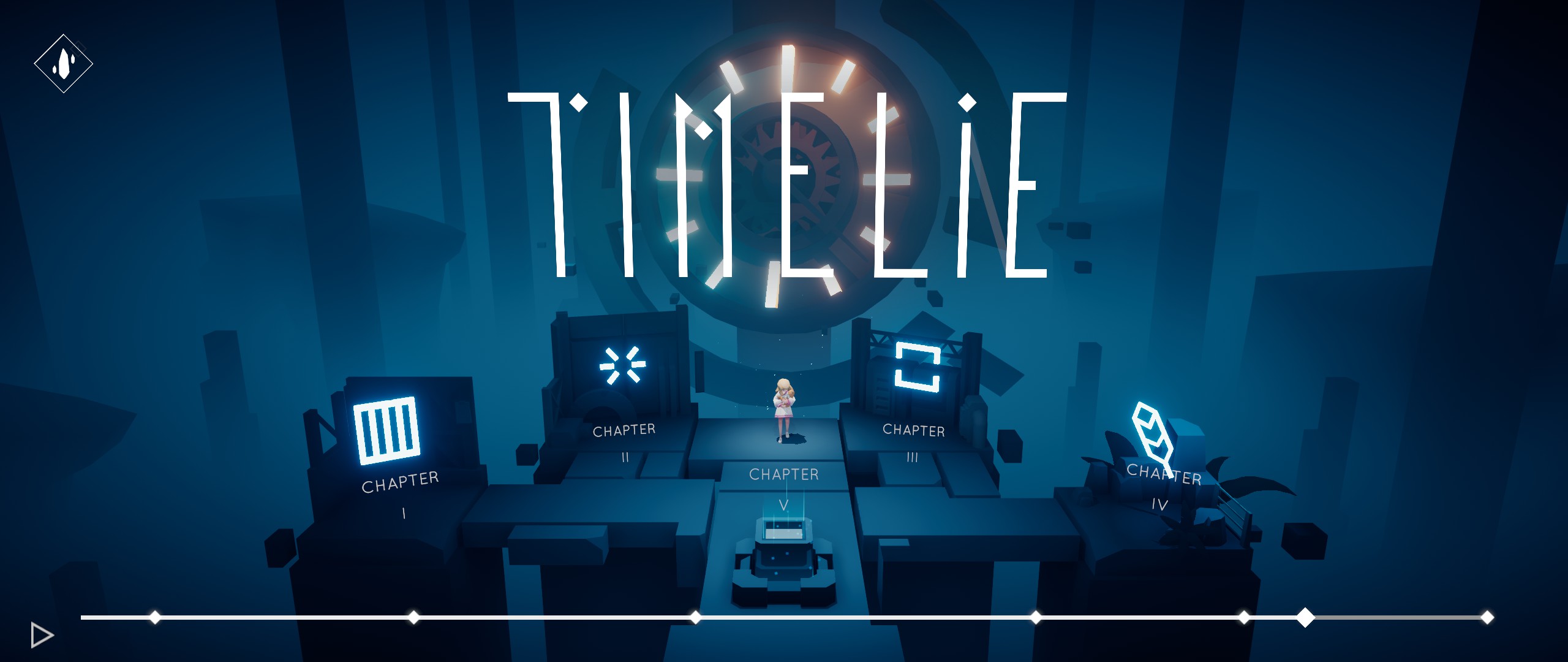
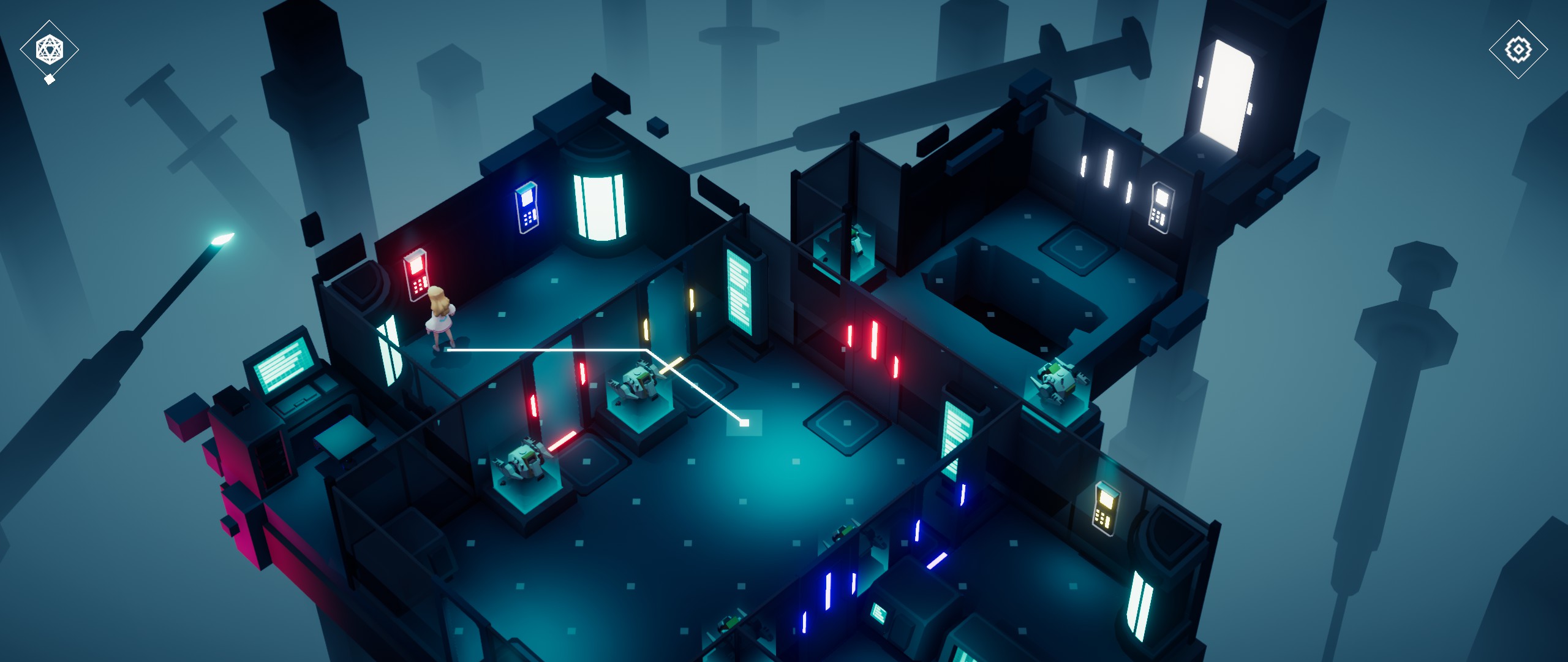
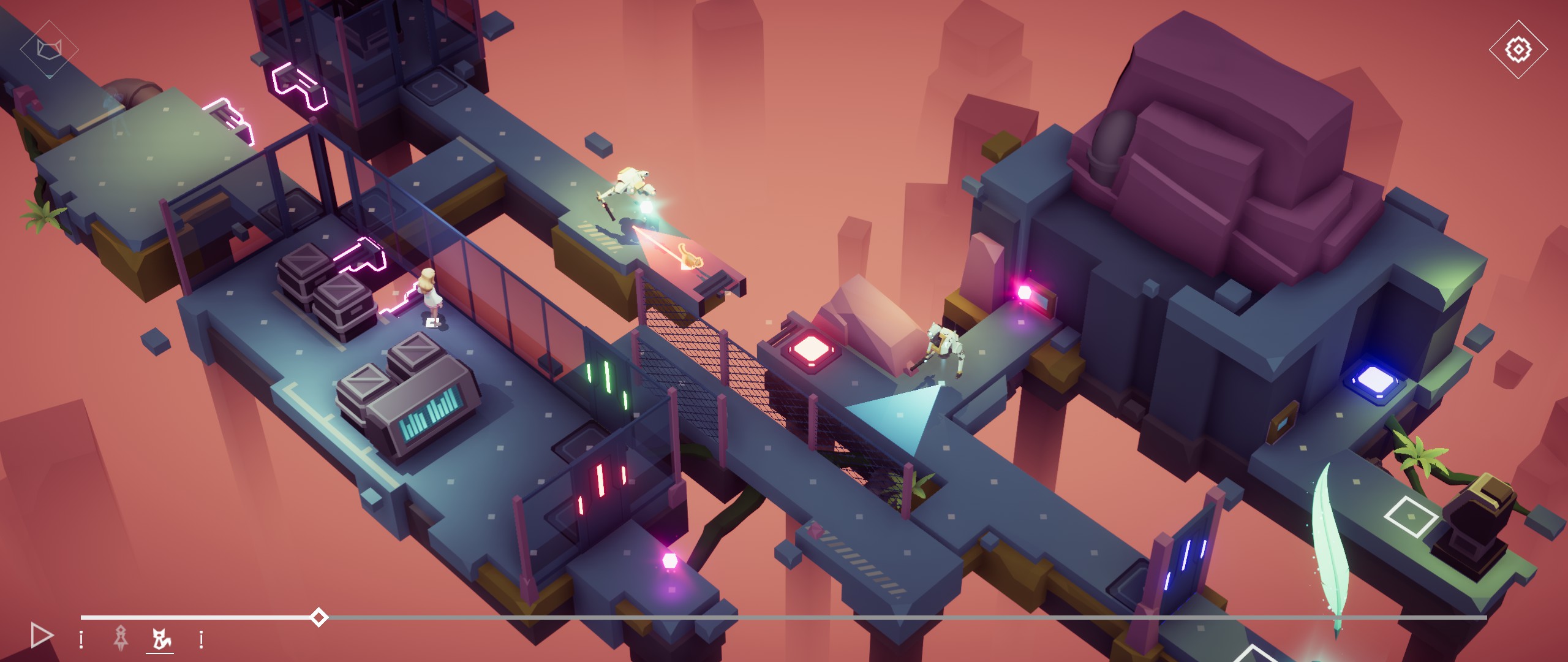
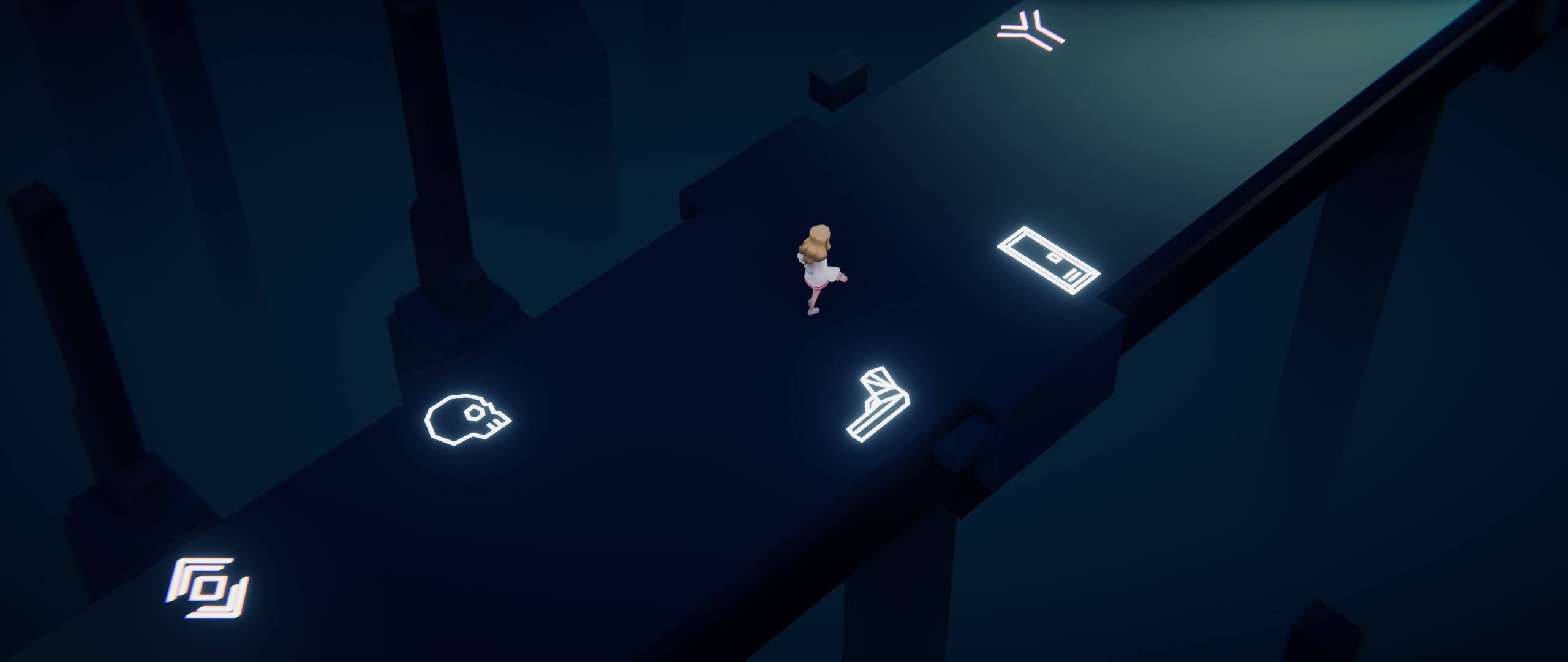
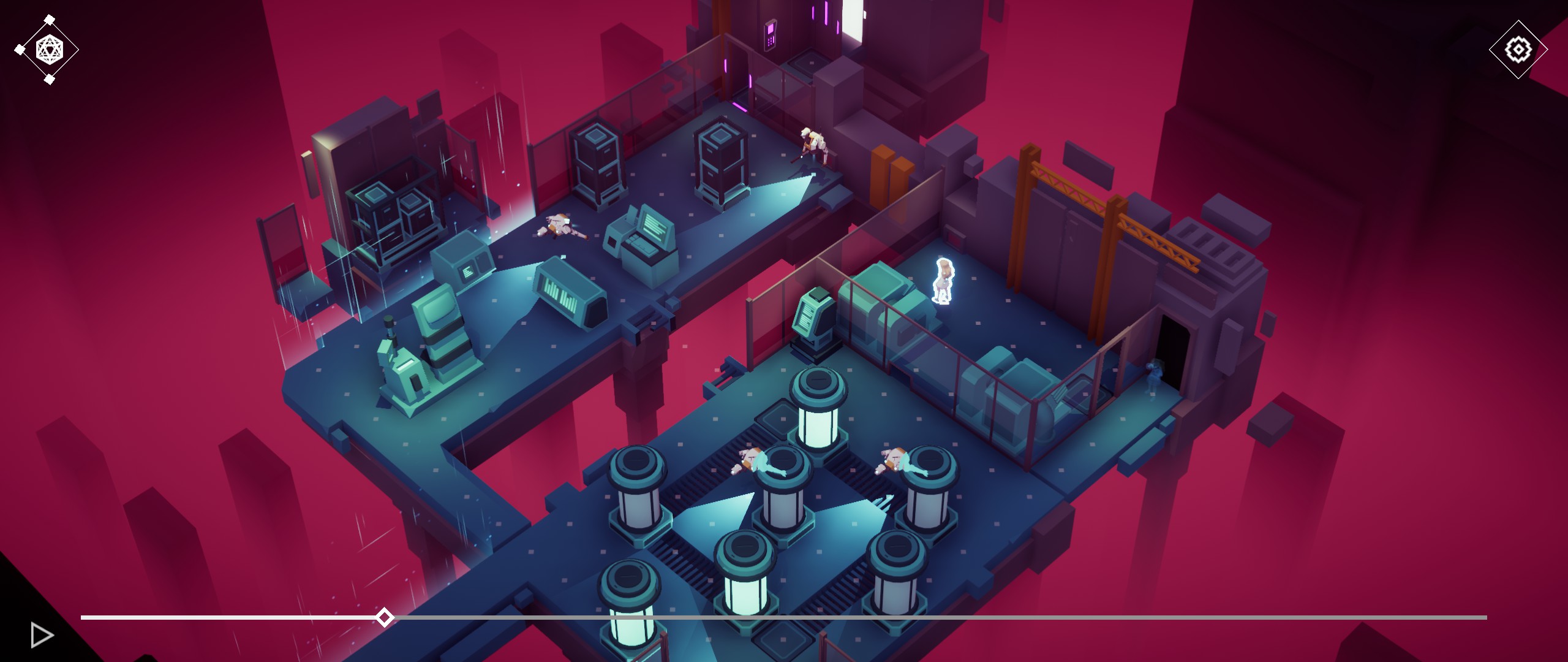

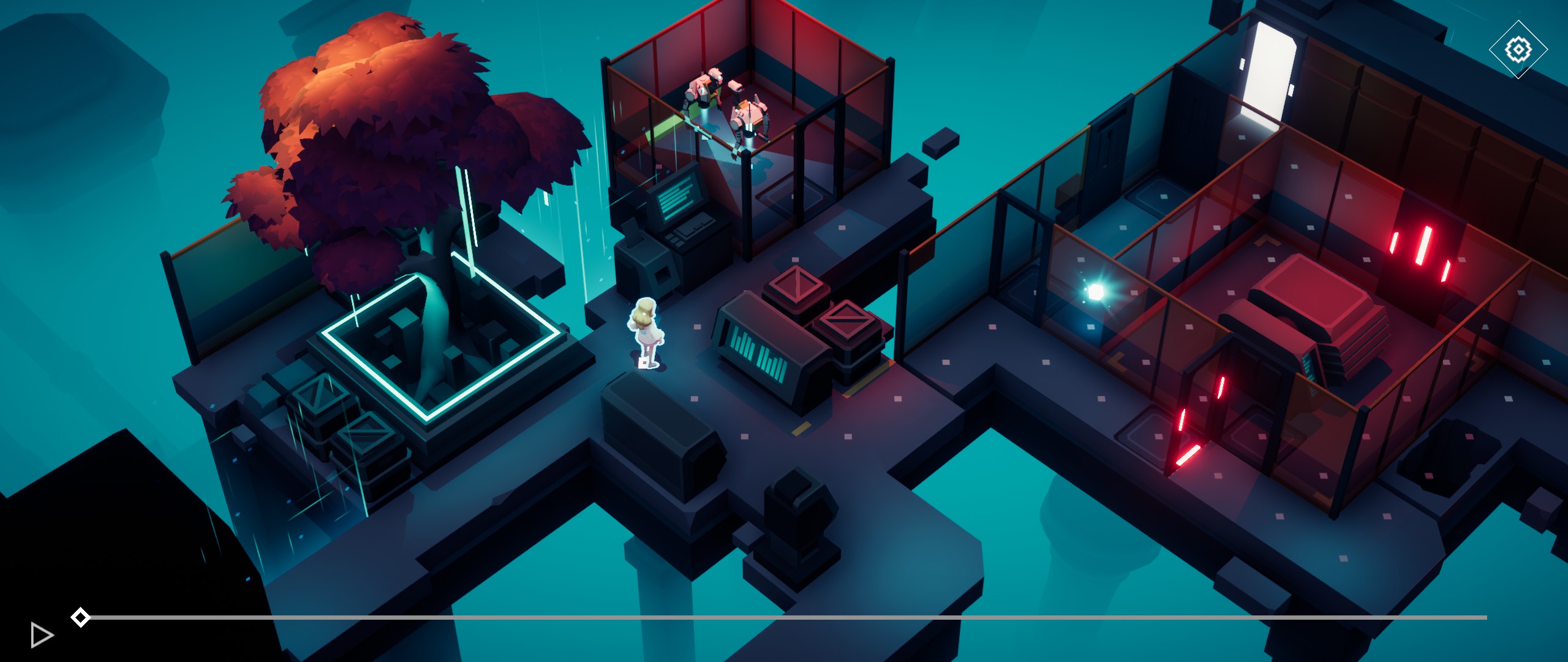
6